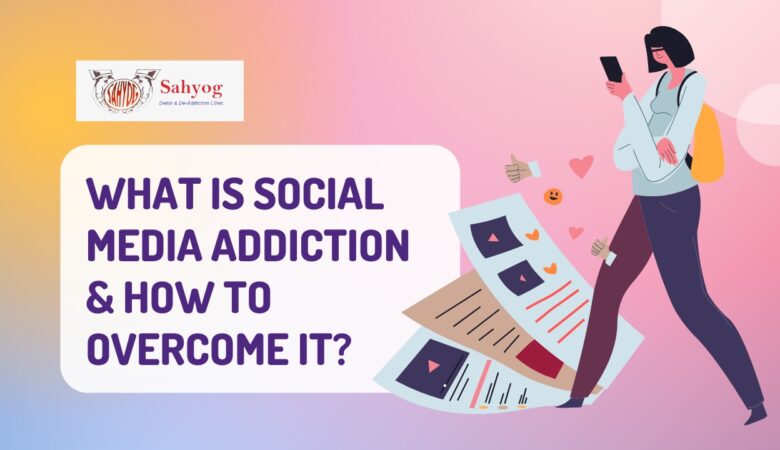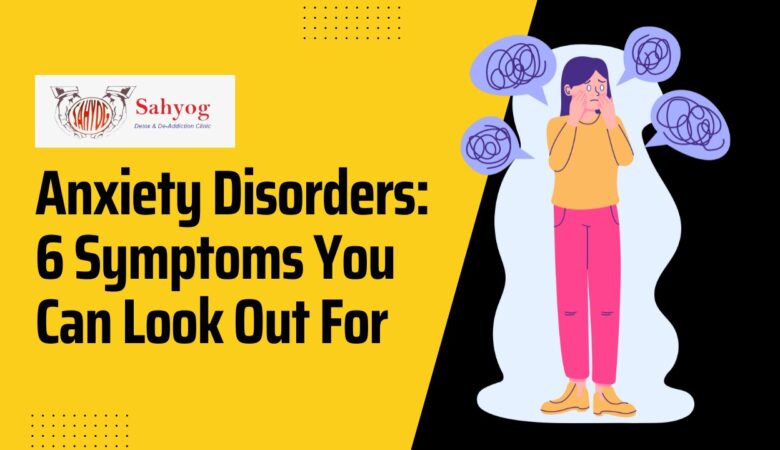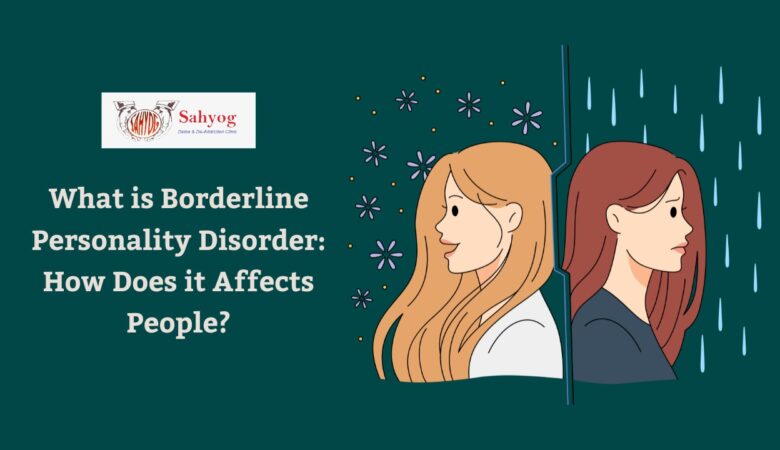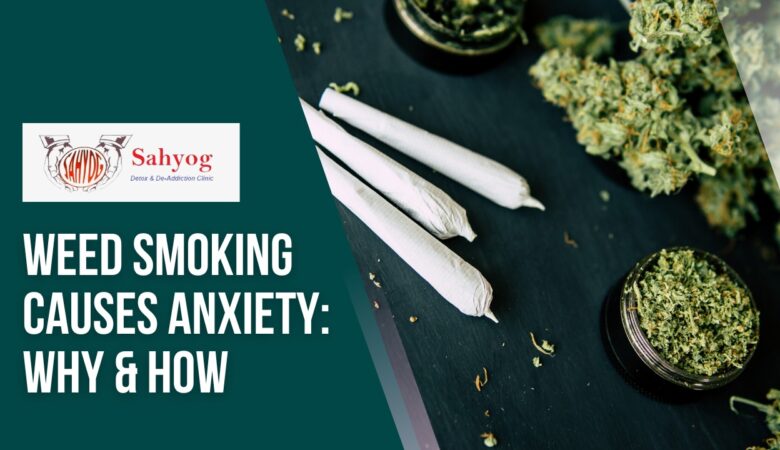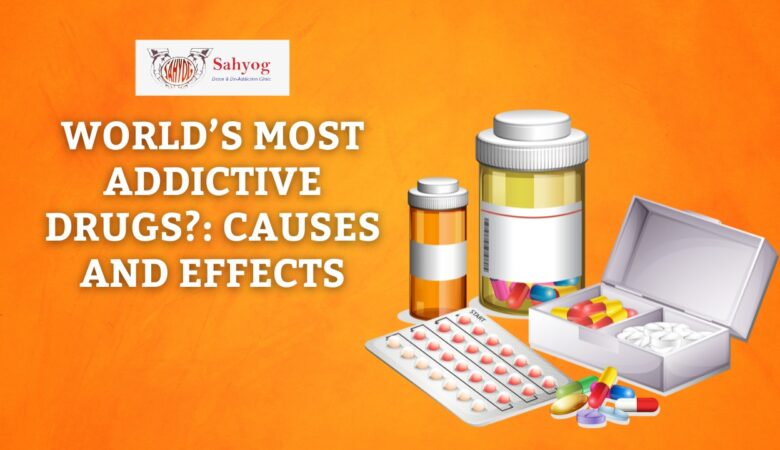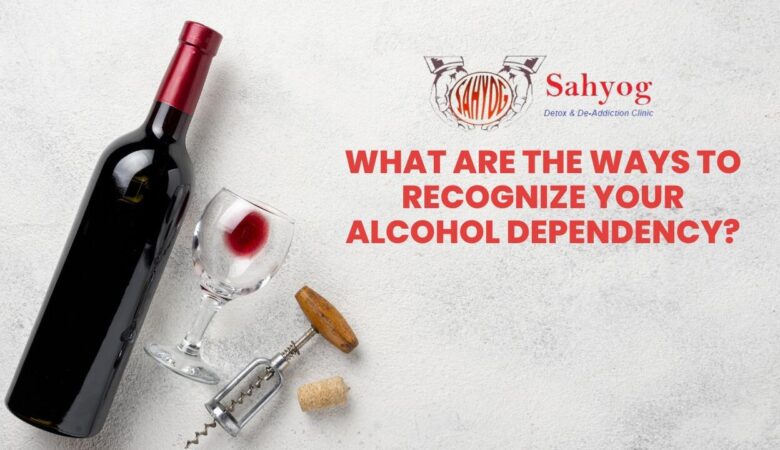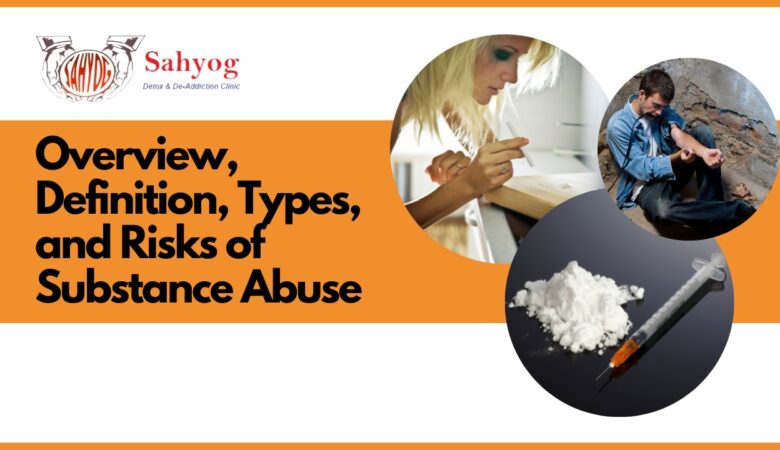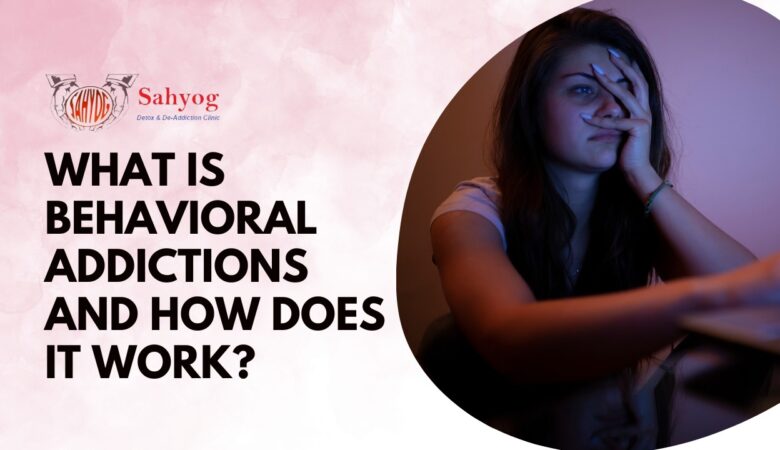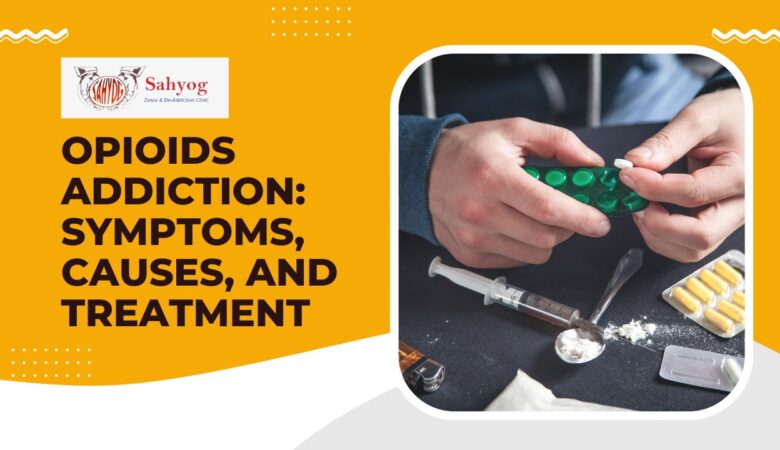What is Social Media Addiction & How To Overcome It?
It’s no secret that we live in a world where social media plays a big role in our lives. But what happens when our use of social media starts to interfere with our everyday lives? In this article, we’ll be exploring the concept of social media addiction and some tips on how to overcome it. What is Social Media Addiction? Most of us are guilty of spending too much time on social media, but for some people, it can become an addiction. Social media addiction is a real phenomenon, and it’s one that is on the rise, especially among young people. So, what is social media addiction? It’s basically an obsession with using social media platforms like Facebook, Twitter, Instagram, Snapchat, etc. People who are addicted to social media often use it as a way to escape from reality or to avoid boredom. They may also use it as a way to connect with others or to feel more connected to the world. There are a number of warning signs that someone may be addicted to social media. These include spending excessive amounts of time on social media platforms, feeling anxious or agitated when not using social media, and neglecting important tasks or responsibilities in favor of using social media. Social media addiction is a real and growing problem. According to a recent study, one in four people are addicted to social media. That’s an alarming statistic, considering the potential negative effects of social media addiction. If you or someone you know is struggling with social media addiction, don’t hesitate to reach out for help. There are resources available to help you overcome this problem. The Symptoms of Social Media Addiction If you find yourself exhibiting any of the following symptoms, you might be addicted to social media: You spend more time on social media than you do interact with real people. You feel anxious or lonely when you’re not on social media. You check social media multiple times throughout the day, even when there’s nothing new to see. You compare your life to others’ lives that you see on social media and feel envy or jealousy. You get defensive when someone criticizes your use of social media or calls you out for spending too much time on it. You’ve missed important events in real life because you were too busy staring at your phone or tablet. You’ve been told by others that you need to cut back on your social media use but have been unable to do so. How To Know If You’re Addicted To Social Media If you find yourself constantly checking your social media accounts even when you’re not supposed to be, or if you can’t help but compare your life to the seemingly perfect lives of others that you see online, then you might be addicted to social media. Here are some other signs that you might be addicted to social media: You feel anxious or depressed when you’re unable to check your social media accounts. You spend more time on social media than you do talking to real life friends and family. You neglect important tasks or responsibilities in favor of spending time on social media. You’ve been told by others that you need to cut back on your social media use. What Are The Causes? There are many reasons why people become addicted to social media. Some of the most common include wanting to feel connected to others, wanting to feel popular or important, or simply because it’s a fun and easy way to pass the time. Whatever the reason, addiction to social media can be harmful to your mental and physical health. Here are some of the most common causes of social media addiction: a) FOMO: The fear of missing out is a real phenomenon, and it’s one that can drive people to spend hours on social media. If you’re constantly seeing other people living their best lives and doing amazing things, it’s only natural that you might start to feel like you’re missing out. FOMO can lead to feelings of envy, anxiety, and depression, so it’s important to be aware of it if you find yourself spending too much time on social media. b) Social comparison: Its human nature to compare ourselves to others, but social media takes that tendency to extremes. When we’re constantly bombarded with images of other people’s perfectly curated lives, it’s easy to start feeling like we don’t measure up. This can lead to feelings of inadequacy and low self-esteem. c) Escapism: For some people, social media provides an escape from the reality of their own lives. If you’re not happy with your life, it’s easy to get lost in the lives of others. This can be a dangerous spiral because the more you compare your life to others, the worse you’ll feel about yourself. d) Validation: Social media can be a great way to get validation from others. Whether it’s likes, comments, or shares, seeing that other people approve of what you’re doing can be addicting. This need for validation can lead to people posting more and more often, in an attempt to get that fix. e) Loneliness: Social media can be a great way to connect with people, but it can also make us feel more lonely. When we’re constantly surrounded by images of other people’s perfect lives, it’s easy to start feeling like we don’t measure up. This can lead to feelings of isolation and loneliness. What Are The Consequences of Social Media Addiction? Social media addiction can have a number of negative consequences, both for the individual and for society as a whole. Mental health problems: Social media addiction can lead to a number of mental health problems, such as anxiety, depression, and loneliness. It can also exacerbate existing mental health conditions. Physical health problems: Social media addiction can also lead to physical health problems, such as sleep disorders, neck pain, and eye strain. Relationship problems: Social media addiction can cause problems
